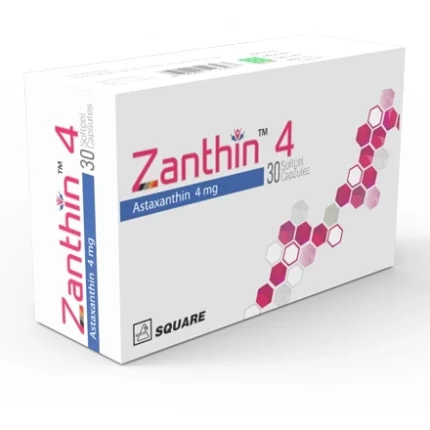Tacrolim 0.03%
80.00৳ Ointment
- Tacrolimus ointment is an effective treatment for moderate to severe atopic dermatitis, especially when conventional therapies are unsuitable or ineffective.
- It is also used for various skin conditions, including eczema, vitiligo, psoriasis, and more.
- This macrolide immunomodulator works by inhibiting T-lymphocyte activation, reducing inflammation.
- Recommended for adults and children aged 2 years and older, it should be applied twice daily to the affected areas.
 Brand
Brand
|
Incepta Pharmaceuticals Ltd |
|---|---|
 Generics
Generics
|
Tacrolimus Monohydrate |
 Type
Type
|
Ointment |
Indications
Tacrolimus ointment is prescribed for both short-term and intermittent long-term management of moderate to severe atopic dermatitis, particularly when other conventional treatments are not advisable due to potential risks. It is also suitable for patients who have not responded adequately or who cannot tolerate alternative therapies. Additionally, Tacrolimus ointment may be effective for various other skin conditions, including chronic cutaneous graft-vs-host disease, eczema of the hands and feet, allergic contact dermatitis, vitiligo, psoriasis, lichen planus, facial lichen, vulvar lichen sclerosus, pyoderma gangrenosum, leg ulcers due to rheumatoid arthritis, steroid-induced rosacea, alopecia areata, annular erythema, chronic actinic dermatitis, and persistent facial erythema.
Please consult a registered healthcare professional before using this medication.
Pharmacology
Tacrolimus is a macrolide immunomodulator derived from the fungus Streptomyces tsukubaensis. Research has shown that Tacrolimus inhibits T-lymphocyte activation by binding to an intracellular protein known as FKBP-12. This interaction leads to the formation of a Tacrolimus-FKBP-12-calcium-calmodulin-calcineurin complex, which inhibits the phosphatase activity of calcineurin, ultimately resulting in a reduction of the overall inflammatory response.
Dosage & Administration
For Adults:
Apply a thin layer of Tacrolimus ointment to the affected skin areas twice daily, gently rubbing it in until fully absorbed. Continue treatment for one week following the resolution of signs and symptoms of atopic dermatitis. The safety of using Tacrolimus ointment under occlusive dressings, which may increase systemic exposure, has not been established.
For Children:
- Tacrolimus 0.03% ointment is safe for pediatric patients aged 2 years and older.
- Tacrolimus 0.1% ointment can be used in children aged 16 years and older.
For Elderly Patients:
Patients over 65 years old have participated in phase 3 studies with Tacrolimus ointment, and the adverse event profile for this demographic aligns with that of other adult patients.
Please consult a registered healthcare professional before using this medication.
Interaction
No formal studies on topical drug interactions with Tacrolimus ointment have been conducted. Caution is advised when administering known CYP3A4 inhibitors to patients with widespread or erythrodermic disease. Examples of such drugs include erythromycin, itraconazole, ketoconazole, fluconazole, calcium channel blockers, and cimetidine.
Contraindications
Tacrolimus ointment is contraindicated in individuals with a known hypersensitivity to Tacrolimus or any of its components.
Side Effects
Tacrolimus ointment is associated with minimal side effects, which may include skin burning, itching, flu-like symptoms, allergic reactions, skin redness, skin infections, and headaches.
Pregnancy & Lactation
Tacrolimus falls under Pregnancy Category C. Currently, there are no comprehensive studies on the topical use of Tacrolimus in pregnant women. Although systemic absorption is minimal compared to oral administration, Tacrolimus is known to be excreted in breast milk. The decision to discontinue nursing or the medication should consider the importance of Tacrolimus to the mother, due to the potential for serious adverse effects in nursing infants.
Precautions & Warnings
Exercise caution when using Tacrolimus ointment in patients with atopic dermatitis who are prone to superficial skin infections. The safety of Tacrolimus ointment has not been established in patients with generalized erythroderma.
Overdose Effects
Tacrolimus ointment is not intended for oral use. Accidental ingestion may lead to adverse effects similar to those associated with systemic Tacrolimus administration. In such cases, seek medical advice immediately.
Therapeutic Class
Drugs that influence the immune response.
Storage Conditions
Store below 30°C. Keep out of direct light and reach of children.













Reviews
There are no reviews yet.